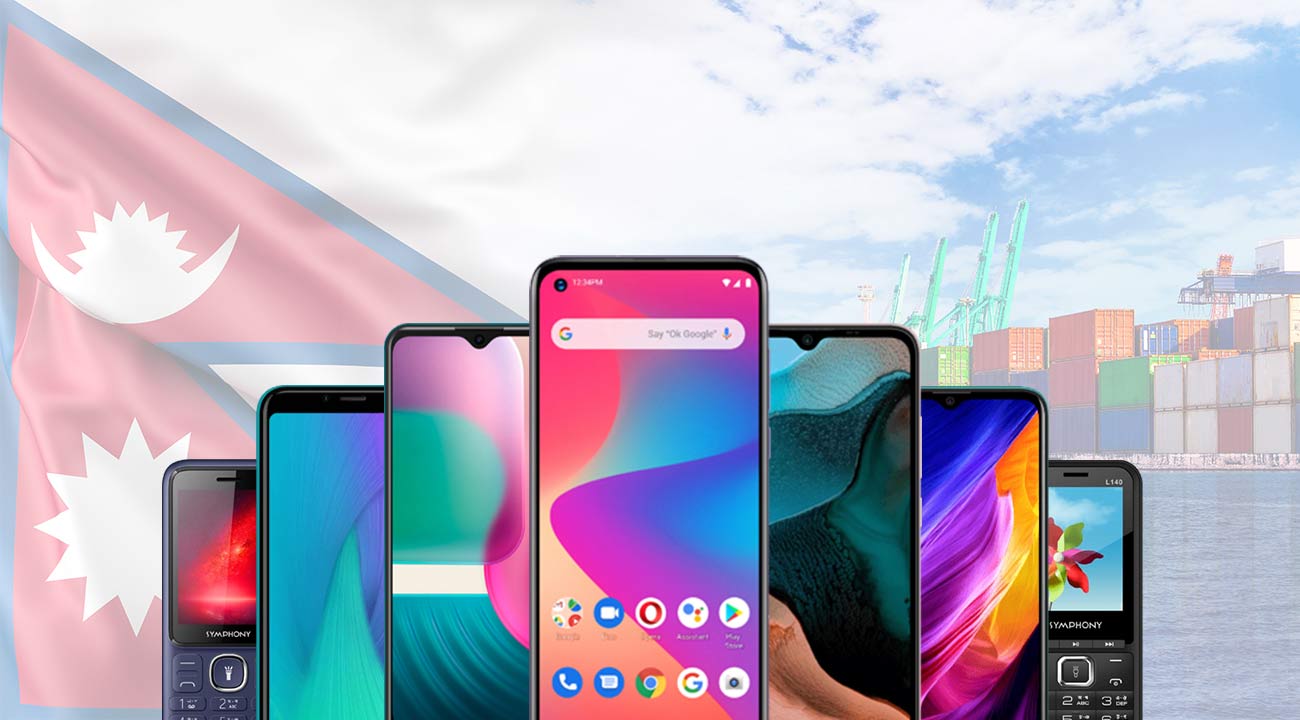Are you interested in exporting mobile phones from the USA to Bangladesh? The growing demand for high-quality smartphones in Bangladesh, coupled with the rapid expansion of digital connectivity, makes mobile phone export an appealing business opportunity. This guide will help you understand the essential steps to ensure a smooth export process, from legal requirements to logistics, so you can make the most of this business endeavor.
Table of Contents
1. Understand Export and Import Regulations
Before exporting mobile phones, familiarize yourself with both the USA and Bangladesh’s export-import regulations. Ensuring that your shipment complies with these regulations will avoid delays and legal issues.
- Export Regulations (USA): The U.S. government requires exporters to follow the Export Administration Regulations (EAR). Smartphones generally don’t need a specific export license, but it’s crucial to confirm with the Bureau of Industry and Security (BIS) if any restrictions apply.
- Import Regulations (Bangladesh): Bangladesh’s import laws regulate electronic devices, especially mobile phones. The Bangladesh Telecommunication Regulatory Commission (BTRC) mandates that all imported phones must have an International Mobile Equipment Identity (IMEI) registration. Non-registered IMEI phones cannot legally operate within the country.
2. Register Your Business in Bangladesh and the USA
Proper registration is essential for smooth operations and potential customs clearance.
- USA: Register as an exporter with the U.S. Department of Commerce. This registration ensures you are legally compliant for overseas trade.
- Bangladesh: Register with the BTRC as an importer if you’re planning to establish a business in Bangladesh. You may also need an Import Registration Certificate (IRC) from the Bangladesh Import and Export Control Department.
3. Identify the Right Mobile Phone Models
Not all mobile phone models are compatible with Bangladeshi network frequencies. Research and select models that can operate on the network frequencies in Bangladesh to provide customers with fully functional devices.
Popular Models for Export: Samsung, iPhone, Xiaomi, and OnePlus models are popular choices in Bangladesh, with mid-range and budget-friendly options in high demand.
4. Estimate Total Costs Involved
Costs can vary depending on several factors, including device models, shipping, and import duties. Key expenses include:
- Product Cost: The purchase price of the mobile phones in the USA.
- Shipping and Freight Charges: Rates depend on the shipping method (air, sea) and carrier.
- Customs Duty: Bangladesh has specific import duties on electronic goods, including VAT, supplementary duties, and advanced income tax (AIT). Check the National Board of Revenue (NBR) website for the latest tax rates.
- Insurance: This is essential for high-value shipments to cover potential damages during transit.
5. Choose a Reliable Shipping Method
Selecting a trusted shipping company is vital to ensure timely delivery with minimal risk of loss or damage. The most common options are:
- Courier Services: FedEx, DHL, and UPS offer reliable international courier services with tracking options.
- Freight Forwarding: If shipping in bulk, a freight forwarder can manage end-to-end logistics, often at a lower rate than courier services.
Make sure to pack devices securely and label them with detailed information, including model number and IMEI for easy customs processing.
Also, read this article Key Tips on How to Ship a Cell Phone Internationally | AEC
6. Prepare the Necessary Documentation
Accurate documentation is crucial for customs clearance in both the USA and Bangladesh. Typical documents required include:
- Commercial Invoice: Outlining the value, model, and quantity of each mobile phone.
- Packing List: Detailing the contents of each package.
- Bill of Lading: or Air Waybill handed by your shipping carrier.
- Certificate of Origin: Often required to verify the manufacturing location.
- BTRC Approval and IMEI Registration Documents: This is crucial for customs in Bangladesh.
Ensure all documents are complete and accurate to prevent delays.
7. Register the IMEI Numbers with BTRC
IMEI registration is a strict requirement in Bangladesh. To register, you will need to submit the list of IMEI numbers to the BTRC. Phones without registered IMEI numbers may be confiscated by customs or denied network access.
The IMEI registration can be done online through the BTRC’s website or with the help of a third-party agent experienced in import processing.
8. Market the Mobile Phones in Bangladesh
After successful import, it’s essential to have a strategy for reaching your target audience. Here are some marketing tips:
- Digital Marketing: Utilize social media platforms like Facebook, Instagram, and YouTube to promote the smartphones.
- eCommerce Websites: Platforms like Daraz and Bikroy have a large customer base looking for electronic products.
- Retail Partnerships: Partner with local mobile stores and distributors to expand reach in physical markets.
9. After-Sales Support and Warranty
Offering after-sales support and warranties can make your products more attractive to customers. Establish partnerships with local repair shops or service centers for warranty claims and repairs.
10. Stay Updated on Market Trends and Regulations
The mobile phone market and regulatory landscape are constantly evolving. Staying updated on technological advancements, model preferences, and regulatory changes will help maintain a competitive edge.
For more articles about view our website https://webtechalerts.com/
Conclusion
Exporting mobile phones to Bangladesh from the USA can be a profitable business if done correctly. By understanding regulatory requirements, selecting compatible devices, managing costs, and maintaining quality service, you can establish a successful export business. Follow these steps carefully to ensure a seamless process and capitalize on the increasing demand for mobile devices in Bangladesh.
Happy exporting!

